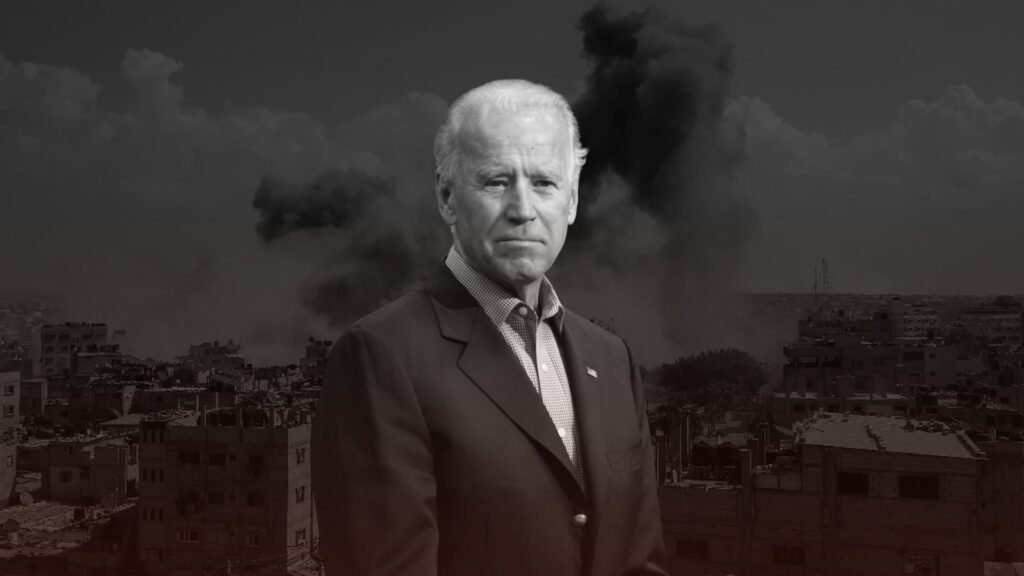Negotiations are underway in Doha involving the United States, Israel, and Hamas to finalize a ceasefire agreement aimed at ending the ongoing conflict in Gaza. U.S. President Joe Biden has indicated that the parties are on the brink of reaching a deal, which includes provisions for a significant hostage release.
The proposed agreement is structured in three phases:
Initial Ceasefire and Hostage Release: A six-week ceasefire during which Hamas would release 33 Israeli hostages, prioritizing women, children, the elderly, and wounded individuals. In exchange, Israel would release Palestinian prisoners, starting with women and children, at a ratio of 30–50 Palestinians for each Israeli released. Israel would also allow increased humanitarian aid into Gaza and begin a phased military withdrawal.
Permanent Ceasefire and Further Releases: Negotiations for a permanent cessation of hostilities, during which Hamas would release the remaining Israeli hostages in exchange for additional Palestinian prisoners.
Final Arrangements: The release of the remains of deceased Israeli hostages and further steps toward lifting the blockade on the Gaza Strip.
The United Nations Security Council has expressed support for this proposal through Resolution 2735.
However, challenges remain. Israeli Prime Minister Benjamin Netanyahu has expressed reservations about a permanent ceasefire and has been accused of seeking the annexation of parts of the Gaza Strip, which could complicate the negotiations.
The urgency to finalize the agreement is heightened by the upcoming inauguration of President-elect Donald Trump on January 20, with both the outgoing and incoming U.S. administrations pressing for a resolution.
In the meantime, hostilities continue in Gaza, underscoring the critical need for a ceasefire to alleviate the humanitarian crisis and prevent further loss of life.


